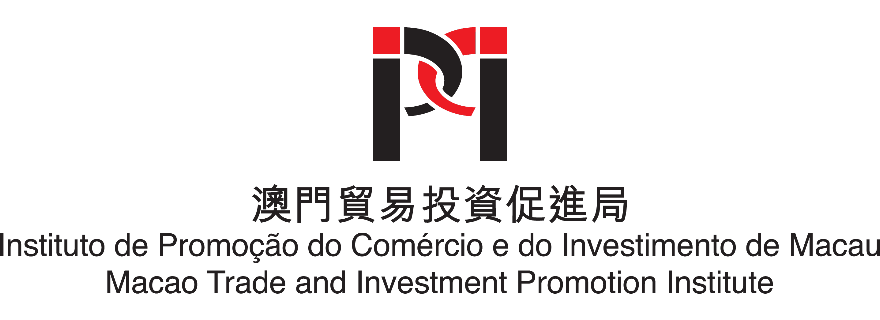Industrial Sector in Cuiabá
The Industrial Sector in Cuiabá has an integrated industrial and commercial district. Located on the edge of the BR-364 highway, 15 km from downtown, with an area of 695 ha, it was established in August 1978 through Law 3.864 (06.06.1977), Decree 1.239 (12.01.1978) and others, with the intention of promoting and organizing industrial development in the State. Its privileged location near the BR-364 highway connects Cuiabá to Campo Grande (MS), São Paulo (SP), Minas Gerais (MG), Goiás (GO) and Brasília (DF), and by the BR-163 highway connects it to the important Port of Santarem-PA and by the BR-070 highway to the Port of Caceres (Araguaia River), configuring an excellent strategic position.
According to the SEDEC (State Secretariat of Economic Development) website, the District has about 251 different companies (Implemented, Under Implementation and Reserves) with approximately 70% in operation, generating about 4,746 direct jobs (implemented companies), in the most varied sectors, such as:
- Cereal storage.
- Rubber processing/rubber artifact industry.
- Grain processing, food/animal products.
- Wood processing/furniture manufacturing, lining/wood deposit.
- Beneficiation, distribution, and trade of petroleum products.
- Retail and wholesale trade.
- Civil construction/concrete structures/ceramic products.
- Industry and commerce, road equipment and mechanical services in general/steaming.
- Chemical industry and gases.
- Industry, trade of metallurgical products.
- Cargo transport/collective transport.
- Confection industry.
- Fertilizer industry.
- Provision of services.
All with adequate structures for a good operation, as established by the Norms that govern the Industrial Districts.
With the growth of constructions destined to the installation of new industries in the District, the performance and responsibilities of the public power increased considerably, as well as the collection of taxes, such as: ICMS, ISS, IPTU, Licenses, etc., being the Municipality responsible for inspection, cleaning and maintenance of access roads, lighting, and the supply network being private, the responsibility of maintenance and supply of water and sewage collection.
Sources: Assistant Secretary of Management and Metropolitan Planning, Government of Mato Grosso
Livestock Production of the Metropolitan Region of the Cuiabá River Valley– RMVRC
The cities that make up the Metropolitan Region of the Cuiabá River Valley have as characteristics the centennial occupation of the soil, this leads to the existence of typical family agriculture crops, such as rice and beans, which are still present in almost all the municipalities of the area, as well as traditional livestock farming.
In the following chart we can see the main crops produced in the cities of the metropolitan region.

Figure 23 Source: IBGE (2019), IBGE (2021)

Figure 24 Source: IBGE (2019), IBGE (2021)
Source: Assistant Secretary of Management and Metropolitan Planning, Government of Mato Grosso
Economy structure (2020) | – Livestock farming: R$ 26.11 million – Industry: R$ 3.928 billion – Services (except Administration, defense, education and public health, and social security): R$ 14.131 billion – Administration, defense, education and public health, and social security: R$ 4.100 billion |
Source:




